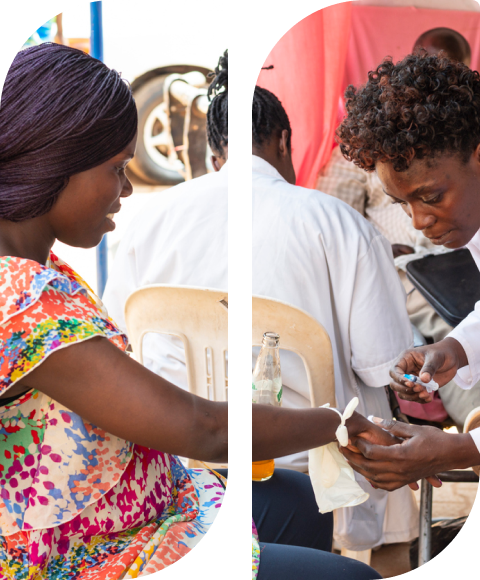
Maternal health remains a significant challenge in many African countries. Strengthening health facility linkages through enhanced referral systems aims to ensure timely facility deliveries, thereby improving maternal and neonatal outcomes. This innovation focuses on creating a seamless network of healthcare providers, transportation systems, and communication channels to facilitate the quick and safe transfer of pregnant women to appropriate health facilities for delivery.
Enhancing referral systems to ensure timely facility deliveries is a crucial step towards improving maternal health outcomes in Africa. By addressing the logistical, educational, and infrastructural challenges, this innovation can save lives and build stronger, more resilient healthcare systems. Through collaborative efforts and sustained commitment, the vision of safer childbirth and healthier communities can be realized.